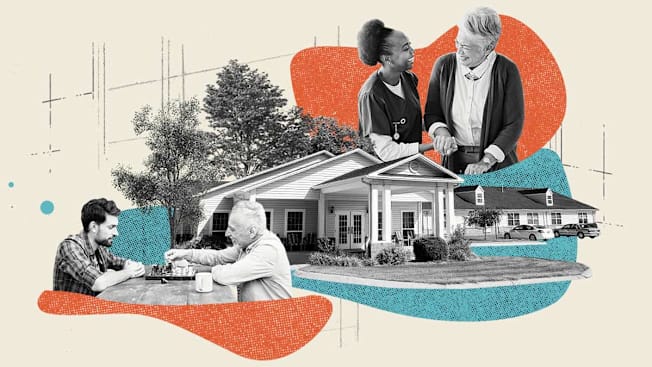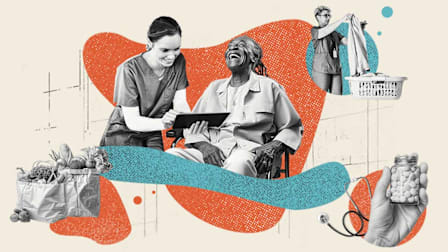When Assisted Living Is Needed
These are the signs that your loved one may benefit from moving to a facility equipped to manage their healthcare needs

Nearly 8 out of 10 older adults would rather stay in their own home than move, according to a 2022 AARP survey. But that’s not always possible. Depending on your loved one’s needs, your family member might find an assisted living facility or nursing home more affordable, and it may provide more care and medical oversight than you can manage on your own, says Steven Barlam, CEO of JFS Care in Los Angeles. These signs may indicate that it’s time to consider a move.
You Are Paying a Lot for a Full Schedule of Care
Eight to 10 hours of care a day, seven days a week, can easily run $120,000 a year or more. That’s almost twice the median cost for a one-bedroom apartment in assisted living, which averages roughly $64,200, according to a 2023 survey by Genworth, while a one-bedroom in a skilled nursing facility is $116,800.
Constant Medical Monitoring Is Required
It may be increasingly difficult to meet your loved one’s health needs. Perhaps he or she has a complex medical condition, such as Parkinson’s or coronary heart disease, that calls for frequent nursing attention and oversight.
Editor’s Note: This article also appeared in the January/February 2025 issue of Consumer Reports magazine.




















